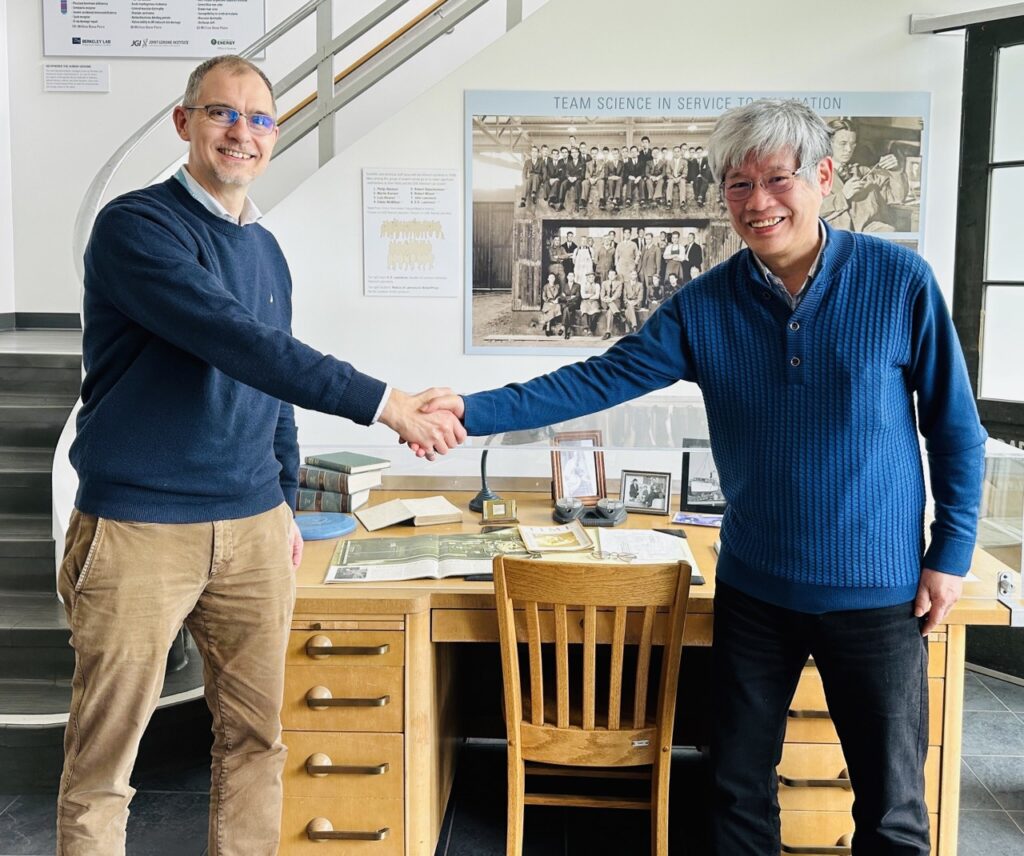In March we celebrated Women’s History Month and in this context it is very fitting for Darleane C. Hoffman, a pioneering nuclear chemist, to receive the Enrico Fermi Presidential Award. We continue to celebrate and honor the contributions of all women in the Nuclear Science Division, past and present. During the past month, numerous events took place across Berkeley Lab and a special event, co-sponsored by the Nuclear Science Division, took place on the Trans Day of Visibility featuring Oxford scientist Dr. Carla Barker, an expert on thin materials.
In this issue of the NSD Newsletter we learn about exciting theoretical studies by the NSD theory group of Mach cones that are produced by jets in high-energy heavy-ion collisions and provide insights on the equation of state and shear viscosity in the quark gluon plasma. At the same time recent results from the STAR Beam Energy Scan II are demonstrating how the QGP production is “turned off” when going to lower collision energies.
We also learn about how machine learning approaches are being applied to the operations of both the VENUS ion source at the 88-Inch cyclotron and the GRETA γ-ray detector array. Gamma-ray tracking will not only advance our understanding of nuclei far from stability, as GRETA will do, but it also has important applications. For example, as described in this issue, gamma-ray mapping techniques developed by the Applied Nuclear Physics program help with the assessment and ultimately the remediation of contamination of groundwater and wetlands at the Savannah River Site. This will be an important contribution to similar efforts at other sites that deal with contamination.
Related to the Nuclear Theory Program, it is noteworthy that Berkeley Lab recently signed a new MoU with the RIKEN iTHEMS center to continue the collaboration on theoretical physics in areas of lattice QCD and other computational many-body theory, tests of fundamental symmetries using nuclei and atoms, nuclear and neutrino astrophysics; and quantum information science. We are looking forward to continuing the productive and mutually beneficial cooperation with RIKEN iTHEMS that also builds on the close connection in nuclear theory with UC Berkeley and the NSF Frontier Center Network for Neutrinos, Nuclear Astrophysics, and Symmetries (N3AS).

Finally, this issue also raises awareness about the important work that the Ethics Committee of the American Physical Society is doing and some of the challenges associated with addressing ethics complaints that are being raised.
Sincerely,
